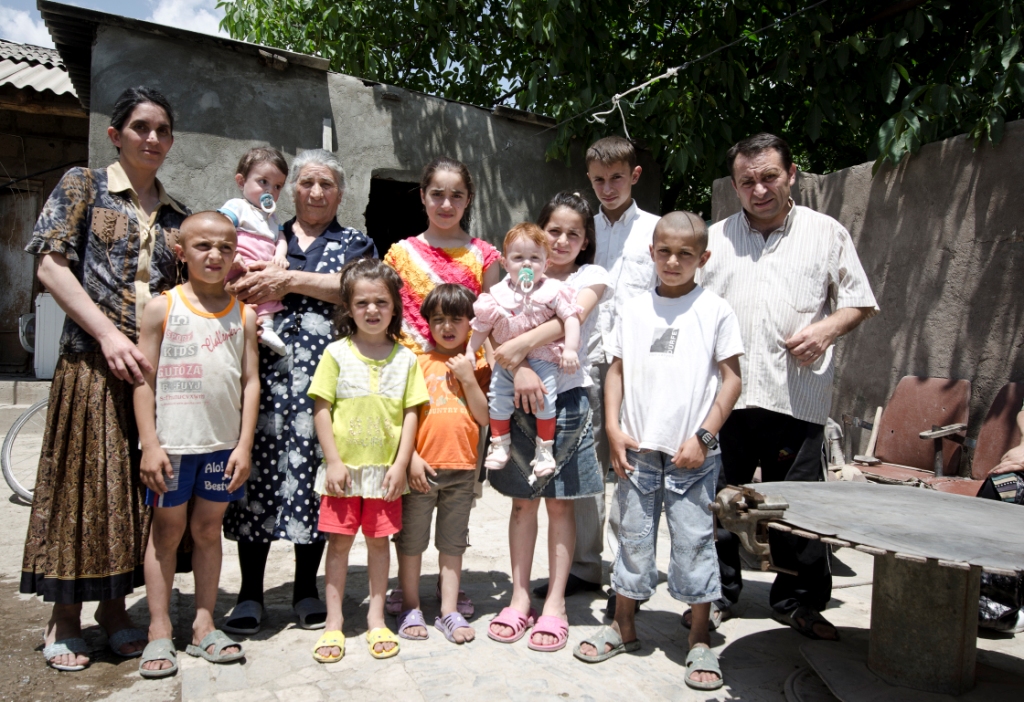
THE SECRETARY-GENERAL MESSAGE ON THE 2014 INTERNATIONAL DAY OF FAMILIES
UNFPA Statement on the International Day of Families – 15 May
A glance at Armenian Families
Married later: while in 2001 the meane age at first marriage for women was 22.8 and for men 26.9, in 2012 it reached 25.3 for women and 28.8 for men.
Now that we are married – let’s have children! The mean age of mothers at child’s birth is 25.5 (2012).
Want more children but have less: Armenian families consider having 2-3 children to be ideal. However, they have 1-2 instead, with total fertility rate being 1.58.
Prefer boys over girls: Our families prefer sons on average six times more than daughters, and because of prenatal sex selection, every year on average around 1400 girls are not born. However, after a child is born, he or she receives the same exact care irrespective of sex.
Top Names: girls - Nareh, Marie, Maneh; boys – David, Narek, Gor
Infertility: infertility rate is quite high in Armenia – 16.8 per cent, which is higher than the crisis rate set by the WHO (15 per cent). This means that approximately every one in six couples cannot have a child.
Violence: In Armenia, approximately 6 out of 10 women have been subject to phychological violence, one out of 10 – physical violence, and four out of five victims of physical violence has been subject to sexual violence.
Marrying less, divorcing more: the number of marriages has decreased by 3.7 per cent (from 2012 to 2013), while the number of divorces has gone up by 15.6 per cent (from 2012 to 2013), which gives a ratio of 1 divorce per 5 marriages.
Armenian patience?: almost one in three divorces takes place after 20 and more years of marriage.
We are together in this: in most cases (up to 81%) couples decide together on the issues regarding the number of children, children’s upbringing, education of children, as well as the couple itself. The same goes for decisions to have an abortion.
We are all together in this: In general, opinions of all family members are taken into account when it comes to the marriage of the young person in the family. The same goes for other important decisions affecting the family.
Sources: RA National Statistical Service, UNFPA

